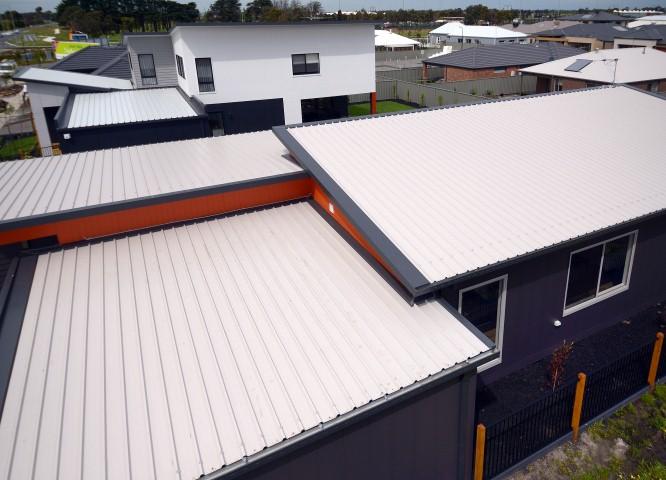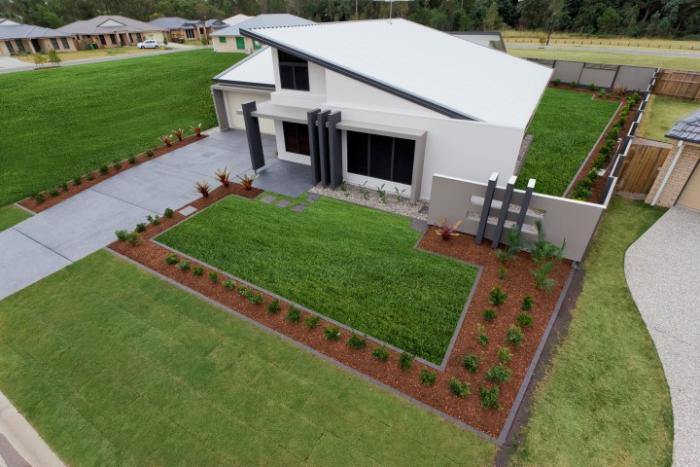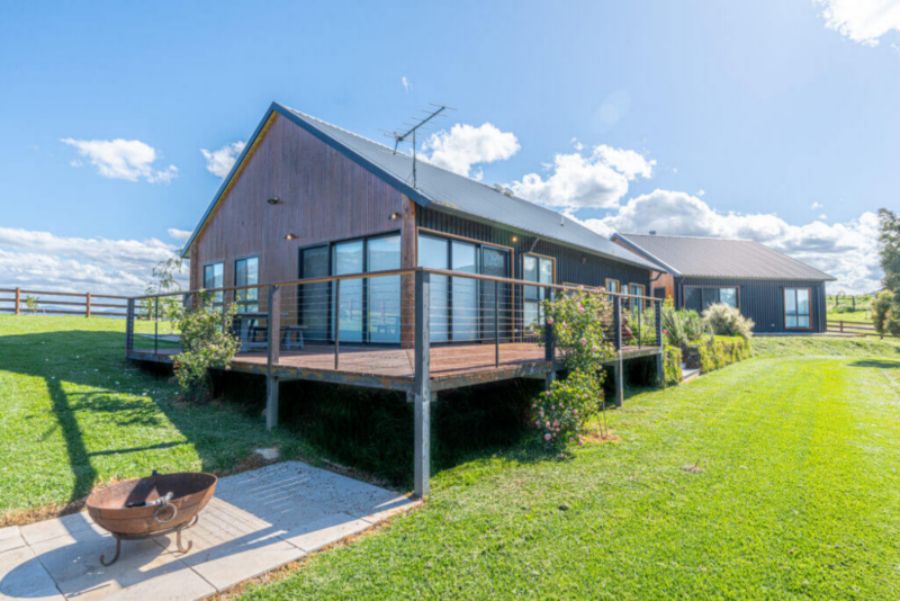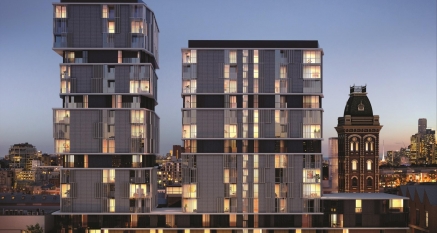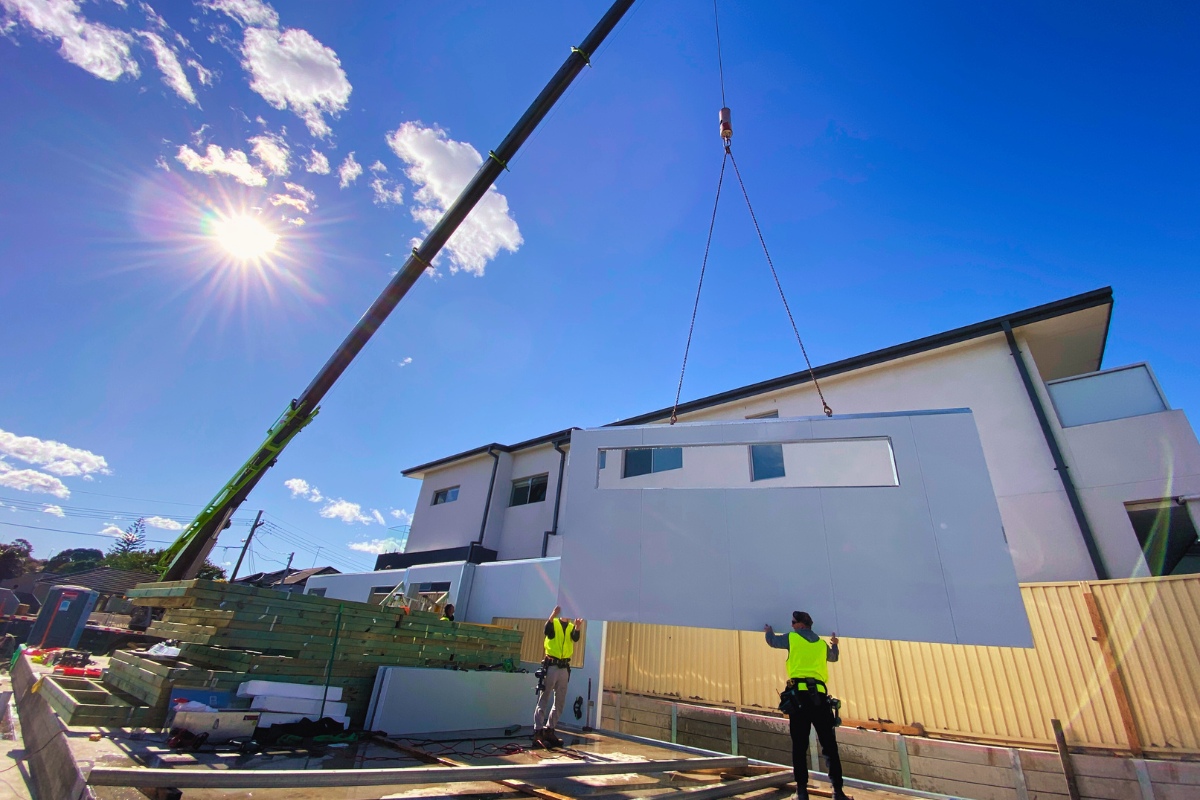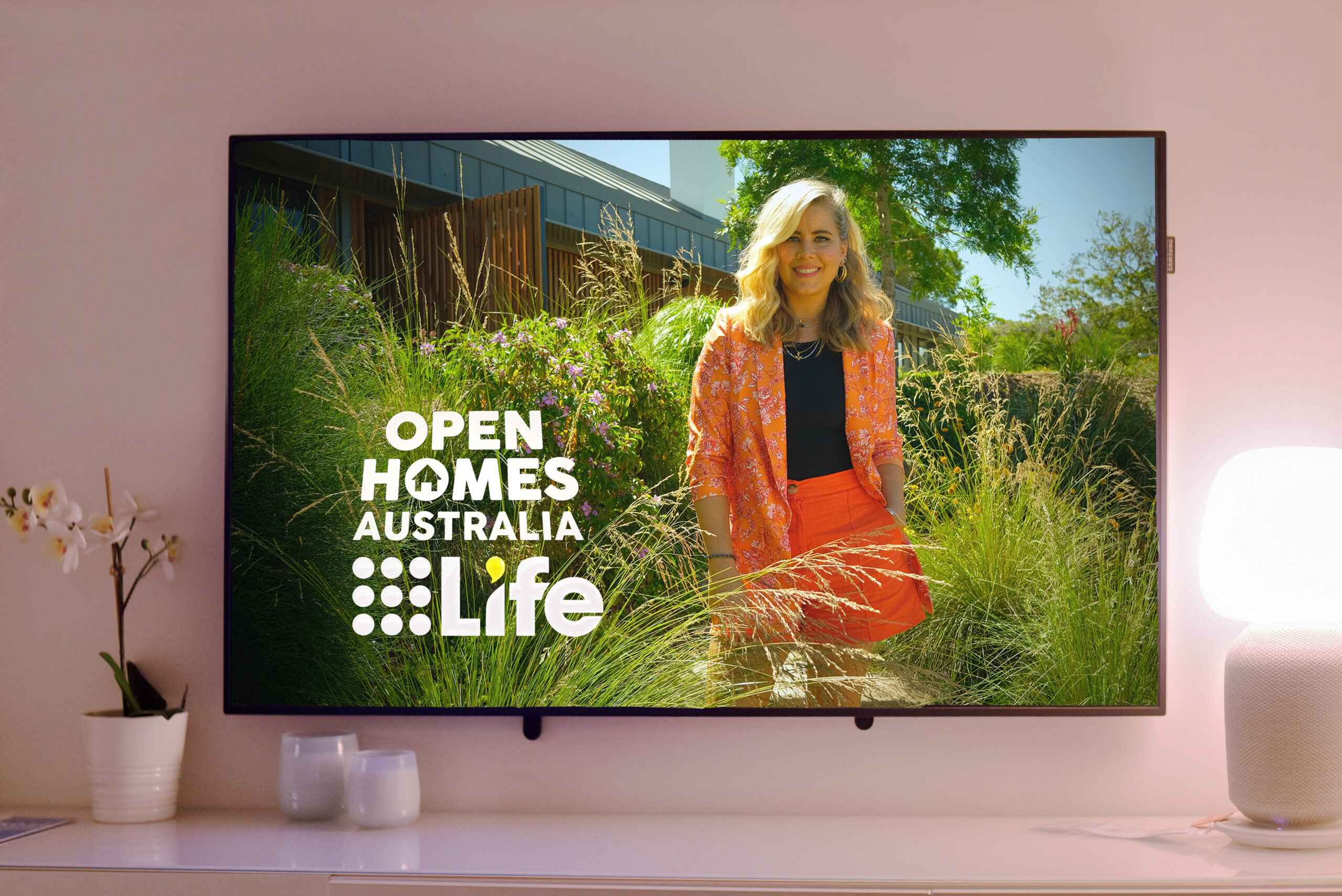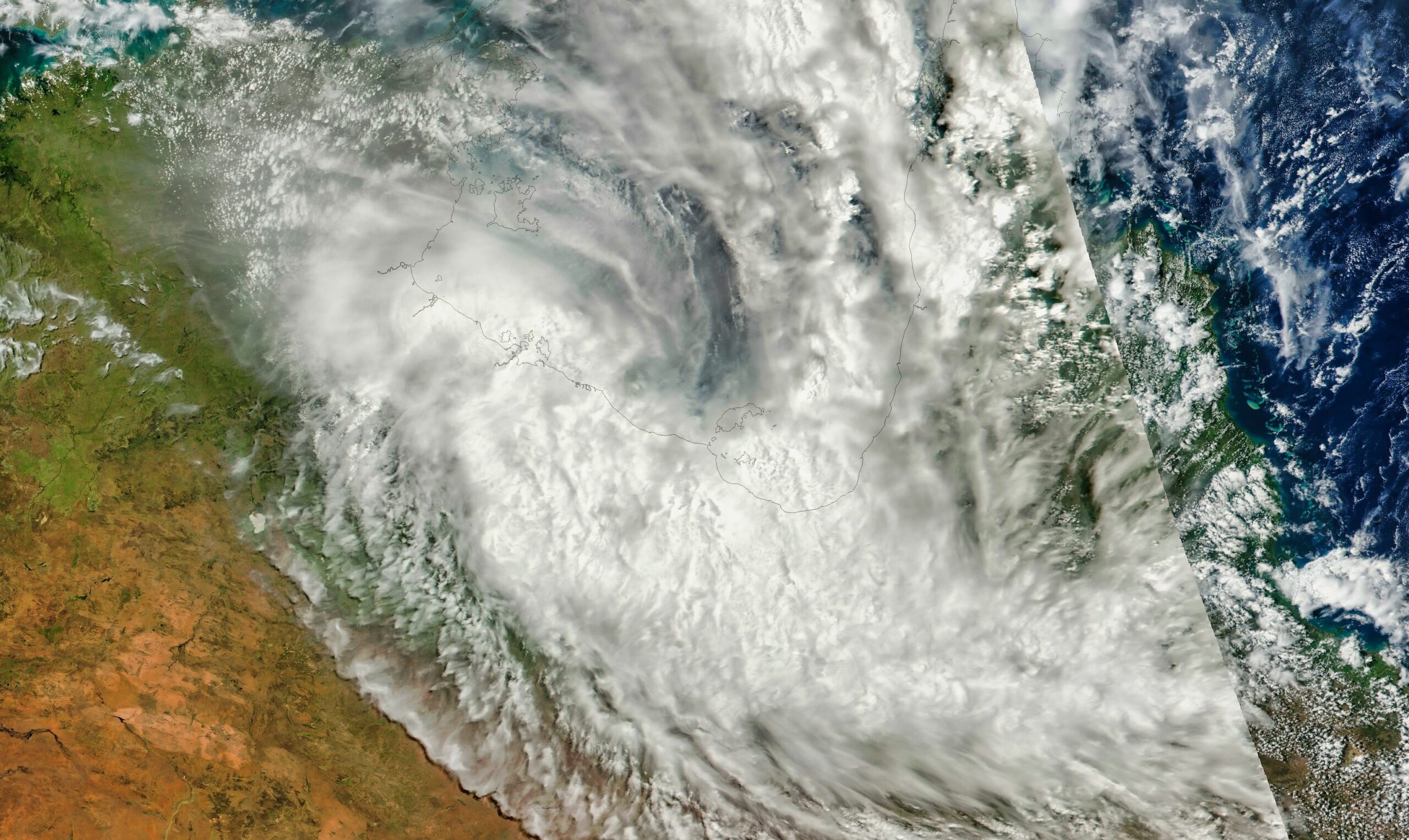Embodied carbon is rapidly becoming a central focus in the construction industry as the push for sustainability intensifies.
Continue readingHow Insulated Roofing Panels Save Builders Time and Money
Designed to meet high-quality standards today’s prefabricated homes blend seamlessly with traditionally built properties while offering significant economic and environmental benefits.
Continue readingBenefits of Insulated Walling Panels for Your Home’s Exterior
Designed to meet high-quality standards today’s prefabricated homes blend seamlessly with traditionally built properties while offering significant economic and environmental benefits.
Continue readingThe Benefits of Insulated Roofing Panels for Australian Home Builders
Designed to meet high-quality standards today’s prefabricated homes blend seamlessly with traditionally built properties while offering significant economic and environmental benefits.
Continue readingHow Commercial Insulated Roofing Supports Sustainability
Designed to meet high-quality standards today’s prefabricated homes blend seamlessly with traditionally built properties while offering significant economic and environmental benefits.
Continue readingBuilding Tips for Standards Compliant Commercial Cold Rooms
Designed to meet high-quality standards today’s prefabricated homes blend seamlessly with traditionally built properties while offering significant economic and environmental benefits.
Continue readingThe Prefab Revolution in Australian Construction
Designed to meet high-quality standards today’s prefabricated homes blend seamlessly with traditionally built properties while offering significant economic and environmental benefits.
Continue readingOpen Homes Australia
Bondor products take centre stage in Season 8 of Open Homes Australia, showcasing stunning and innovative residential projects around Australia.
Continue readingHow Wind Ratings Reveal Australia’s Hidden Home Vulnerabilities
In the wake of Tropical Cyclone Alfred we discuss regional building standards, wind classifications, and home resilience.
Continue readingThe importance of BAL Ratings and Bushfire Safety in Australia
In this blog we examine BAL ratings in Australia, how these ratings influence construction materials and methods, and the importance of proper installation and compliance with Australian standards for safety and insurance eligibility in bushfire-prone areas.
Continue reading



